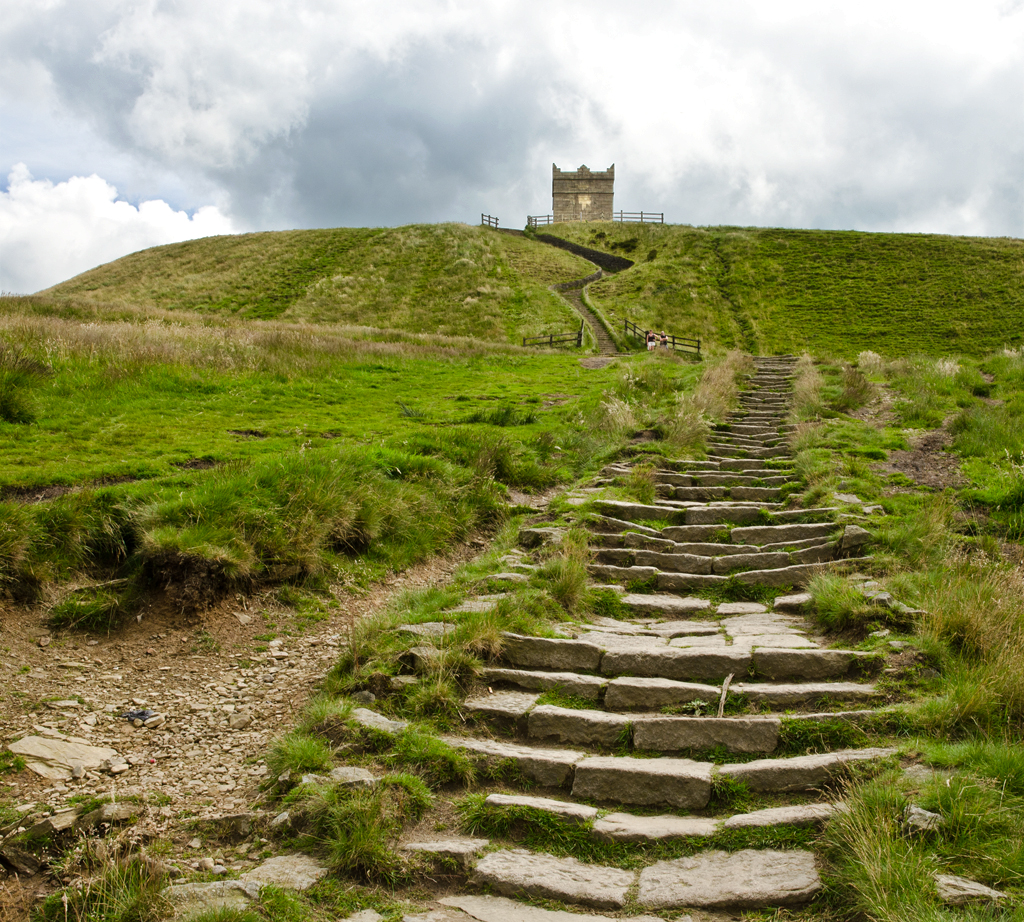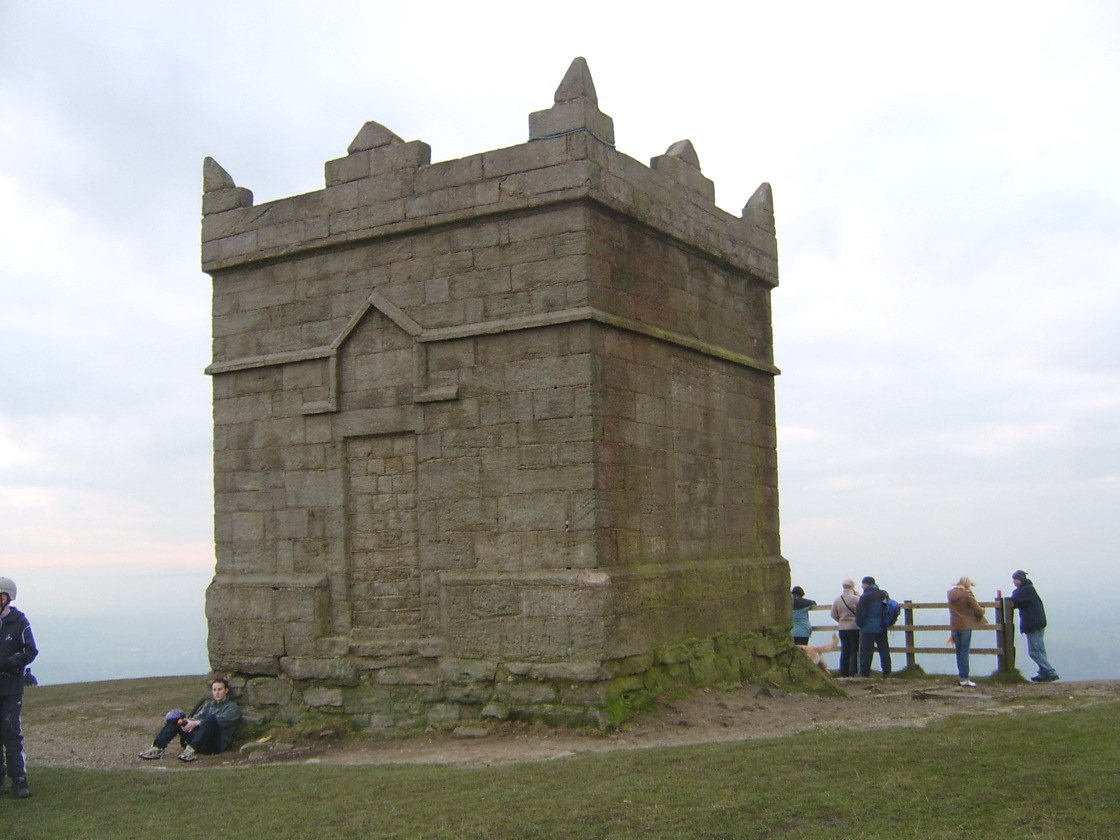Rivington Pike is a hill summit on Winter Hill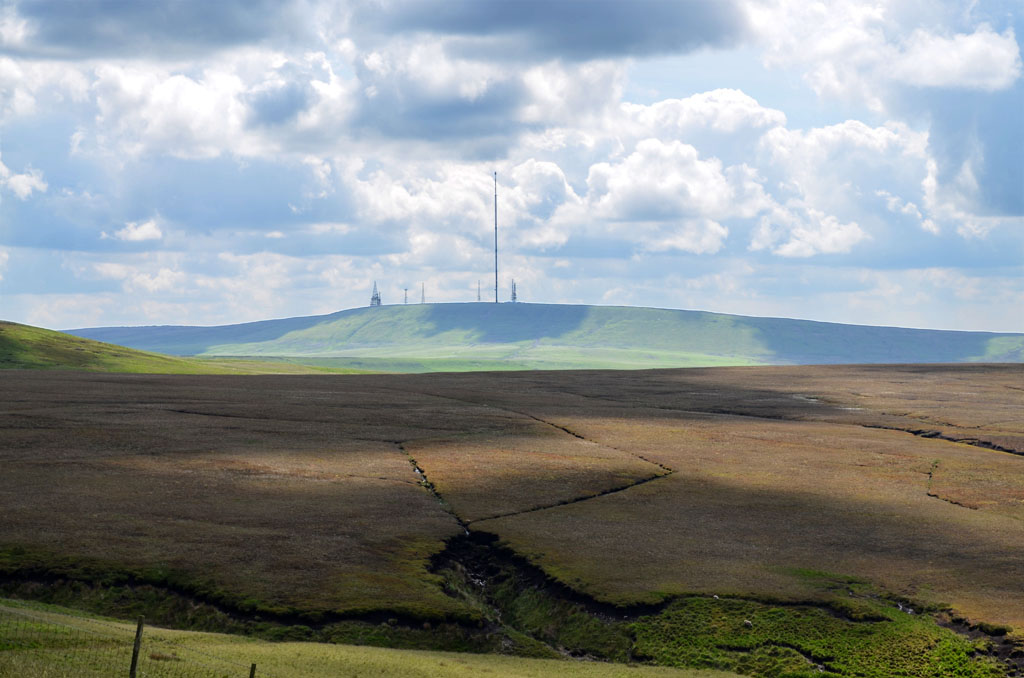 High point of Rivington Moor in the West Pennine Moors is 1,496 feet high and has been the site of mining, a mass trespass, aeroplane disasters and murder., part of the West Pennine Moors, overlooking the village of Rivington in Lancashire, England. The nearest towns are Adlington and Horwich. The pike is a prominent local landmark which derives its name from the Old English words hreof and ing meaning the rough or rugged hill and pic, a pointed eminence. The early English cartographer Christopher Saxton
High point of Rivington Moor in the West Pennine Moors is 1,496 feet high and has been the site of mining, a mass trespass, aeroplane disasters and murder., part of the West Pennine Moors, overlooking the village of Rivington in Lancashire, England. The nearest towns are Adlington and Horwich. The pike is a prominent local landmark which derives its name from the Old English words hreof and ing meaning the rough or rugged hill and pic, a pointed eminence. The early English cartographer Christopher Saxton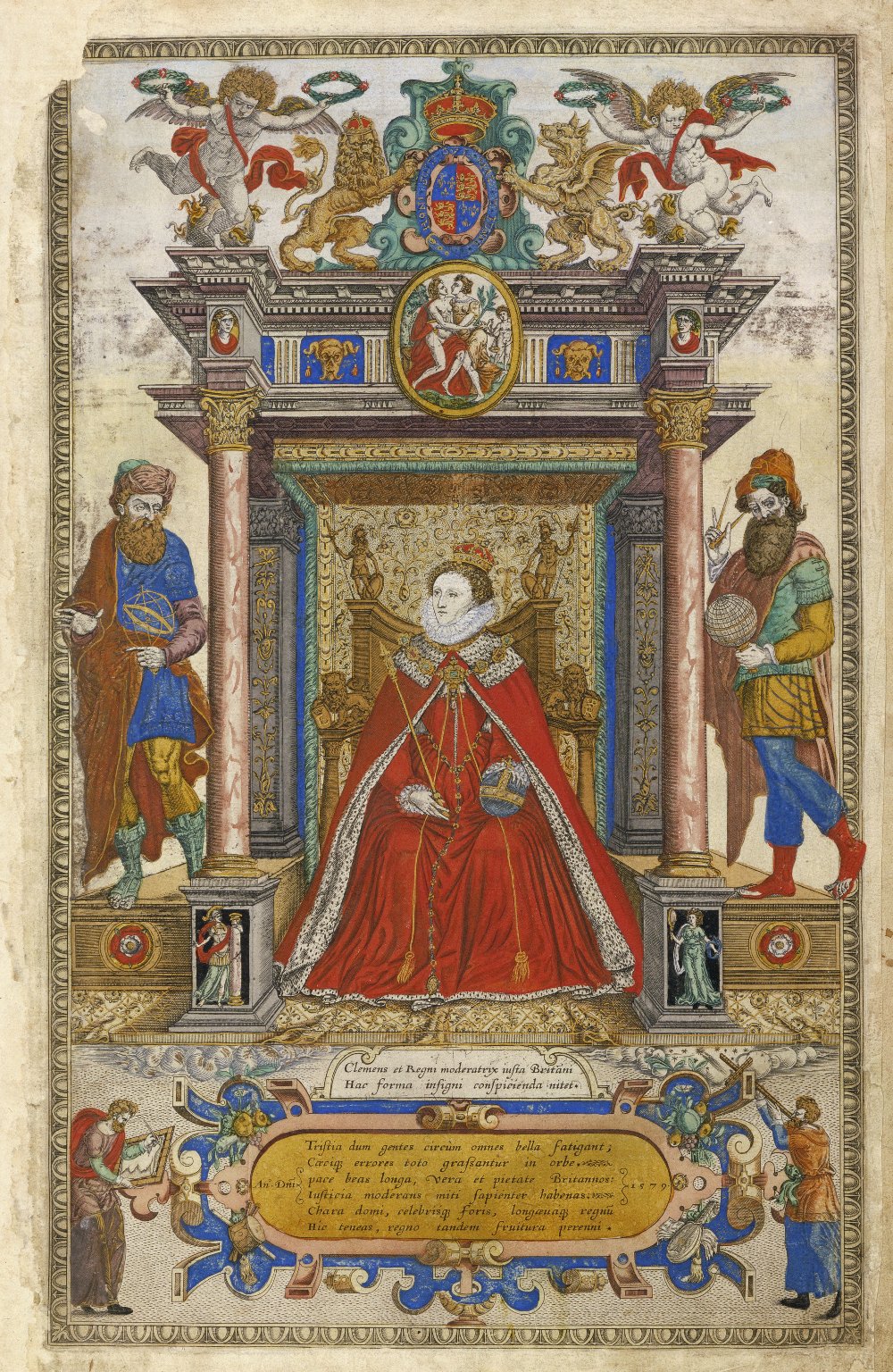 English cartographer who produced the first county maps of England and Wales. records its name as Rivenpike Hill on his 1577 map. The pike was the site of a beacon warning of the coming of the Spanish Armada.
English cartographer who produced the first county maps of England and Wales. records its name as Rivenpike Hill on his 1577 map. The pike was the site of a beacon warning of the coming of the Spanish Armada.
The pike and its surrounding moorlandDominant landscape of Britain's uplands, including many of its national parks. is open access land used for recreation, and its footpaths are popular with walkers, fell runners and mountain bikers.
Geography and geology
At 1,191 feet (363 m) high, the pike is the most westerly high point of Winter Hill on the West Pennine Moors. The high moorland is underlain with Carboniferous rocks, the Millstone Grit, sandstones and shales of the Lower Coal Measures which rise high above the Lancashire Plain to the west and the Greater Manchester conurbation to the south. The humped shape of the summit coincides with a coal seam of the Lower Coal Measures at around 1,148 feet (350 m) that outcropped and was mined in about 1800. There is evidence of bell pits close to the summit.[1]
In 1904 the pike was described as “the curious hog-backed mound which crowns the summit of the hill and on which stands the Beacon, shows signs of having been at least shaped by artificial means. No doubt it is mainly a natural feature, but there are distinct traces of its having been trimmed and the approach steepened at several points”.[2]
The natural vegetation is characterised by areas of blanket bog, impoverished upland heath and acid grassland.[3]
The hill and surrounding moorland are in open access land where there is a right to roam.[4] A network of public footpaths provides access to the hill and surrounding moorland.[3] Steps to combat erosion and prevent further deterioration of the footpath were built in the 1990s on the last stage of the walk to the summit. From the summit it is possible to see Blackpool Tower, the Lake District mountains, the Welsh mountains and as far as the Isle of Man on the clearest days.
History
Evidence of early human activity in the area is found at the prehistoric sites at Noon Hill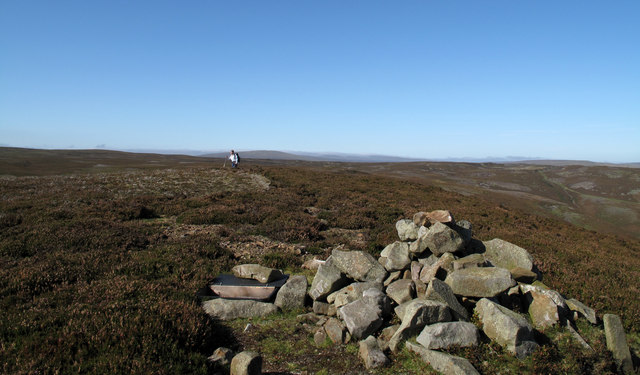 Area of the West Pennine Moors in North West England. At its summit is a Bronze Age burial mound. tumulus on Winter Hill, at Coblowe hillock by the Lower Rivington Reservoir
Area of the West Pennine Moors in North West England. At its summit is a Bronze Age burial mound. tumulus on Winter Hill, at Coblowe hillock by the Lower Rivington Reservoir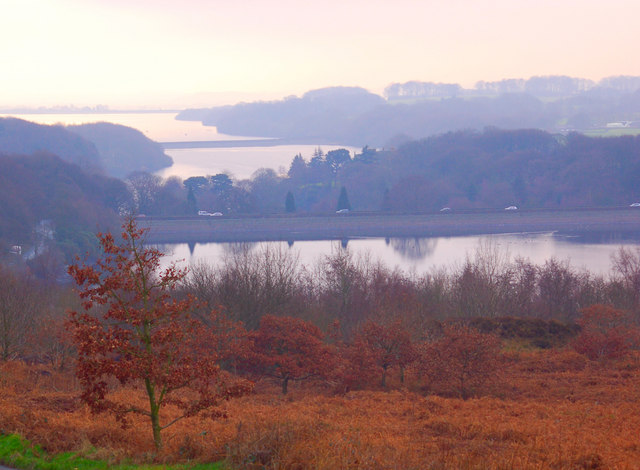 The Rivington Reservoir Chain, or Rivington Pike Scheme, was built for Liverpool Corporation Waterworks between 1850 and 1857 by Thomas Hawksley. and it is possible that a standing stone occupied the summit in the prehistoric period.[2] An archaeological dig found evidence of prehistoric activity at Winter Hill but Rivington Pike summit has not subject to an archaeological survey.[5]
The Rivington Reservoir Chain, or Rivington Pike Scheme, was built for Liverpool Corporation Waterworks between 1850 and 1857 by Thomas Hawksley. and it is possible that a standing stone occupied the summit in the prehistoric period.[2] An archaeological dig found evidence of prehistoric activity at Winter Hill but Rivington Pike summit has not subject to an archaeological survey.[5]
The hill derives its name from the Old English words hreof meaning rough or rugged and pic, a pointed eminence.[6] The hill was recorded as Rovyng in 1325. John Leland, the antiquary, on his Itinerary through Lancashire sometime before 1542, described the “peak or Pike of Rivington” as having the name “Faierlokke“[a]Fair-look or Belle Vue but was commonly called “Riven-pike” by the locals.[7] Christopher Saxton recorded its name as Rivenpike Hill on his 1577 map of Lancashire.[6]
The prominent summit was the site of one of a series of beacons spanning England as an early warning system. The beacon system was put in place by Ranulph de Blundeville, 4th Earl of Chester around 1139[8] after a Scottish raid the previous year when a small Lancashire army was defeated near Clitheroe by a much larger Scottish force. The beacon was lit on 19 July 1588 to signal the Spanish Armada was heading towards English shores.[9] Beacons were lit near to the tower for the coronation of King George V in 1910, at the end of the Great War in 1918 and in 1977 and 2012 to celebrate the Silver and Diamond Jubilees of Queen Elizabeth II.
A Pike Fair held was annually on Whit Saturday but moved to Good Friday in 1900. It was held close to the summit attracting people from Horwich, Chorley and further afield. When the Manchester and Bolton Railway was extended to Preston and Blackrod railway station opened in 1841, more visitors arrived but the introduction of seaside excursions in about 1860 resulted in a decline.
Pike tower
The landmark Pike Tower is a Grade II li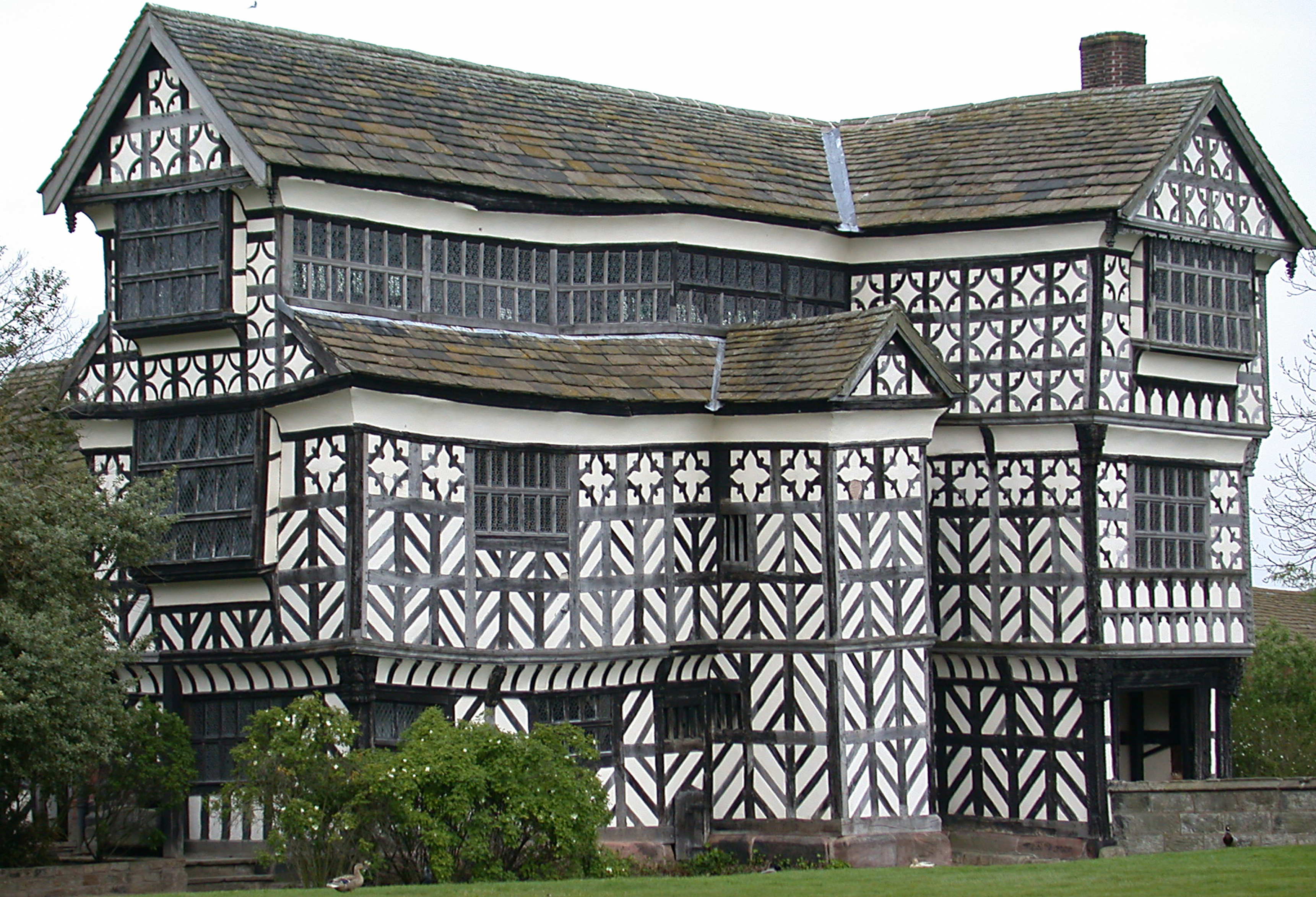 Structure of particular architectural and/or historic interest deserving of special protection.sted building on the summit. John Andrews of Rivington Hall
Structure of particular architectural and/or historic interest deserving of special protection.sted building on the summit. John Andrews of Rivington Hall Grade II* listed former manor house in Rivington, Lancashire, England, the successor to a 15th-century building that was built near to the present building. built it as a hunting lodge on the site of the beacon using its stone for the foundations. Built of gritstone, the tower is square in plan with sides about 5 metres (16 ft) in length and 7 metres (23 ft) high. It had a wooden roof, three windows and a door, all of which are now blocked. The roof was hidden by a parapet with pointed corner and intermediate steps. Inside, its only room has a fireplace and once had a chimney. It had a small a cellar underneath its stone-flagged floor.[10] A 1733 date stone marking the year of its completion has been removed.[11]
Grade II* listed former manor house in Rivington, Lancashire, England, the successor to a 15th-century building that was built near to the present building. built it as a hunting lodge on the site of the beacon using its stone for the foundations. Built of gritstone, the tower is square in plan with sides about 5 metres (16 ft) in length and 7 metres (23 ft) high. It had a wooden roof, three windows and a door, all of which are now blocked. The roof was hidden by a parapet with pointed corner and intermediate steps. Inside, its only room has a fireplace and once had a chimney. It had a small a cellar underneath its stone-flagged floor.[10] A 1733 date stone marking the year of its completion has been removed.[11]
William Lever[b]Lord Leverhulme gifted land in Rivington which included the Pike Tower to the people of Bolton. The tower was subsequently owned by Liverpool Corporation as part of an agreement for water supplies. The corporation neglected the tower and planned to demolish it in 1967. After a public outcry and legal action the land was transferred to Chorley Rural District Council who restored the tower in 1973 and completed further work in the 1990s.[1] The land is now owned by United Utilities.[12]
Sport
Under the auspices of the North-East Lancs Automobile Club and the Lancashire Motor-Cycle Club, the first hill-climb races took place on 25 July 1906 on private roads on the Rivington estate. Competitors were limited to club members and the race was divided into ten classes according to the list price of the car.[13]
The Rivington Pike Fell Race has been held on Easter Saturday since 1892. It started from Horwich railway works, but since 1930 from the park entrance at Lever Park Avenue. It attracts around 400 runners. The course is 3¼ miles (5.2 km) long and has a 700-foot (213 m) ascent.[14]
Walking is a popular pastime and hundreds of walkers continue the Good Friday tradition of walking to the pike summit.[15]
Notes
| a | Fair-look or Belle Vue |
|---|---|
| b | Lord Leverhulme |



